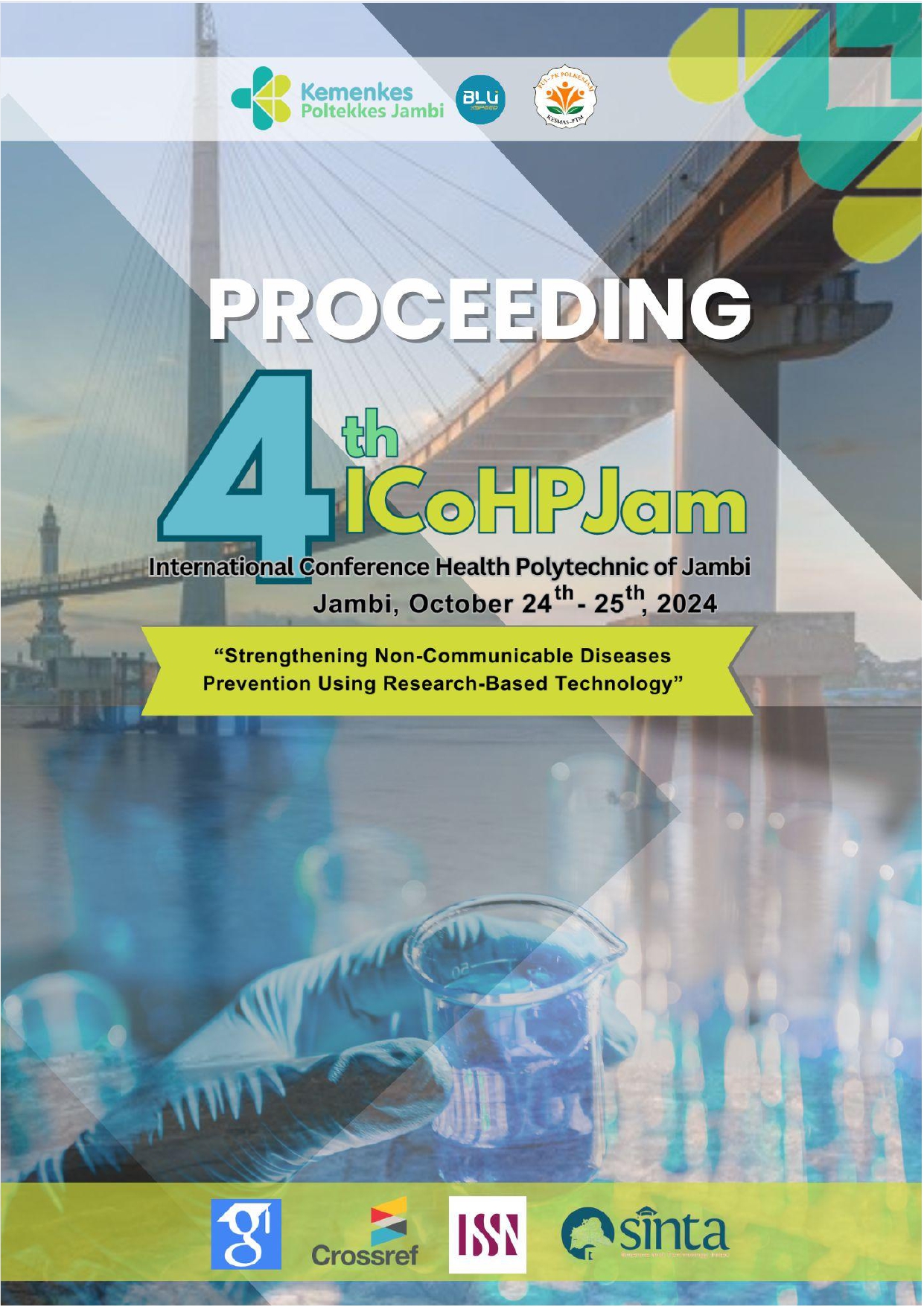The Role of Enumerator SSGI in Ensuring Accurate and Consistent Measurements During Anthropometric Assessments at Posyandu
Abstract
Background: The prevalence of stunting in Indonesia in 2022 is 21.6%, which in the 2014 medium-term development plan is 14%, while in 2022 the prevalence of stunting in Jambi Province is 18% lower than the national prevalence. One of the risk factors is technically related, namely the skills of posyandu cadres in measuring. The operational research carried out focuses on intervention studies which aim to test a service improvement effort that is specifically directed at solving certain problems, namely improving services in anthropometric measurements.
Method: Operational research was carried out from October to December, starting with focus group discussions, mentoring model interventions, and monitoring and evaluation of the mentoring. The intervention was carried out in October and November, and monitoring and evaluation related to cadre anthropometric measurement skills was carried out in November and December 2023.
Result: The anthropometry used in measurements at posyandu consists of 3 types of tools, namely Inno, Saga, Metris. Cadres receive training, but the training is not yet standardized and certified, especially skills in anthropometric measurements. Cadres' skills in measuring body weight have improved from before mentoring and after mentoring, especially in practicing measurement procedures related to preparation for weighing (80%), procedures for weighing the bodies of toddlers who are already standing (97%), procedures for weighing toddlers who cannot yet stand or children who do not want to be weighed themselves (100%), as well as reading and writing weighing results (99%).
Conclusion: Efforts to increase the precision and accuracy of anthropometric measurements of toddlers can be done by strengthening the role and existence of SSGI/SKI enumerator alumni as cadre companions in carrying out anthropometric measurements at Posyandu. It is hoped that the presence of SSGI/SKI enumerator alumni can have an impact on the results of anthropometric measurements of toddlers, one of which is by increasing the precision and accuracy of measurements. Furthermore, it is hoped that it can reduce and control the incidence of stunting in toddlers.



